November 27, 2017
I’m going to let you in on one of our secrets for success. As a smaller PR agency, we know we can’t do it all. So, we’ve partnered with some amazing companies to help expand our capabilities and add value for our clients. One such partner is Altos, a digital marketing agency whom we bring in for client projects such as website design. We think they’re the best in the biz, which is why I reached out to Altos Creative Director, Justin Martin, to see if he could share his top website design tips with our blog readers. Lucky for us, he obliged. So, take it away, Justin:

1. Listen to your users. In many cases, users will actually give feedback when asked for it - and this can be a useful shortcut to figuring out exactly where users are getting tripped up and what changes would be most immediately beneficial for your site. There’s a lot of power in making decisions based on audience input, and doing so can help build trust while simultaneously improving how effective your site can actually be.
2. Don’t be afraid of blank space. It may seem natural to want to fill space on your site with images, colors, graphics, and information - or, even, to make everything fit on one screen without scrolling. But, in reality, this often comes off as too cluttered, and a bit aggressive on the eyes. It’s more effective to include a healthy balance of whitespace so the user’s eyes have a minute to rest and digest.
3. Make it mobile responsive. More than half of all users are searching and browsing from mobile devices, and while desktop users do continue to make up a large segment of the population online, mobile is where the trend is heading. And, if that isn’t enough to convince you, Google has even started to punish sites who aren’t formatted to fit a mobile screen.
4. Remember the call to action. An effective CTA both catches the eye and quickly communicates a sense of urgency in a way that users simply can’t ignore. CTAs are one of those tricky aspects of improving user experience that requires both smart technical knowhow and a creative eye for effective design.
5. Recognize the power of illustrations. We know that content with images tends to perform better than content without, but many people don’t realize that custom illustrations - even minimalist ones - can be hugely powerful at not only communicating information, but also at driving home the attributes of your brand.
6. Prioritize accessibility. Offering an accessible website can boost your business’s reputation as all-accepting and also as technically-savvy and customer-focused. It’s important to direct your aim toward a diverse set of users - meaning there may need to be some redundancies in place to make sure all users get the message. Also, diligence with basic infrastructure like meta tags, alt text and titles can all offer huge benefits to differently abled users.
7. Implement content silos. Content “silos” are an efficient, segmented approach to site navigation. This architecture strategy divides your content by broad subject matter, creating separate (but internally linking) sections within your site. This can help improve your search ranking for specific keywords, improve site navigation for users, and generally keep your site flowing smoothly as you transition from page to page.
Thanks to Justin, and the whole team at Altos, for all the great work they’ve done for us (they built our website!) and our clients. To learn more about Altos and its capabilities, you can check them out here.

